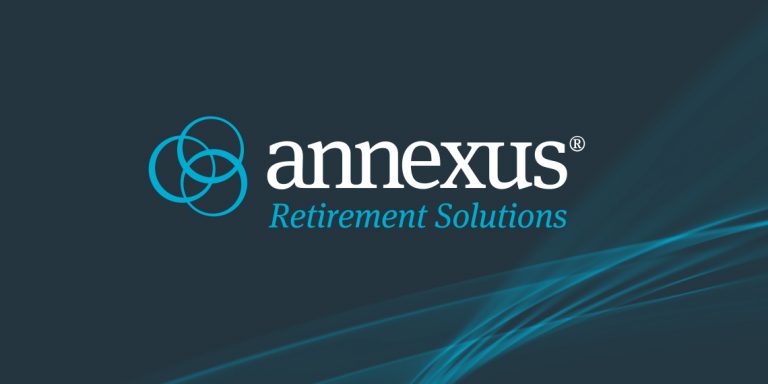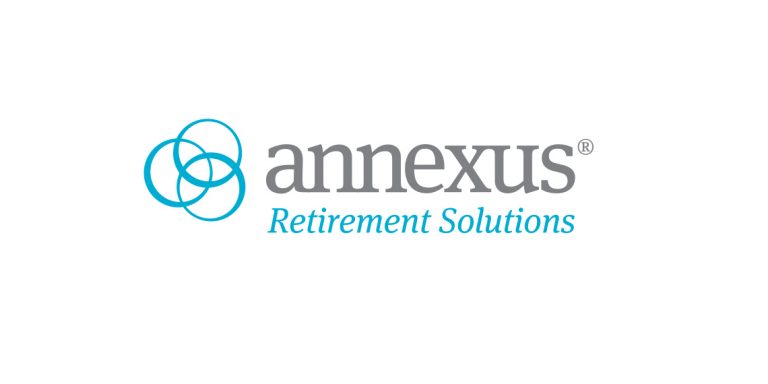6 Barriers to In-Plan Retirement Income Adoption
By Dave Paulsen
This article was originally published by 401(K) Specialist
Annuities have been part of successful individual retirement income strategies for a long time. But the adoption of income solutions has eluded the institutional market for decades. This is because the design of these first-generation income solutions has been fundamentally flawed, creating the following barriers to adoption:
Decision paralysis
Many Americans do not possess the knowledge to accurately determine their future income needs, and current in-plan income solutions can be difficult to understand without professional guidance. Behavioral economics has shown that when individuals are ill-equipped to decide, it causes paralysis, and no decision is made.
Clunky participant experience
People want saving for retirement to be easy. Unfortunately, the current structure of annuities does not fit well on asset management platforms, like a defined contribution plan.
Typically, annuity products are an add-on and sit next to core investments rather than being fully integrated into the plan, creating a cumbersome and disjointed experience. The annuity does not show up on statements and does not feel like an integrated retirement strategy, providing no real value until income begins.
Lack of liquidity
Participants want to be able to see and access their money when they need it. Locking it up or surrendering access will only create a negative experience, yet this is how many first-generation solutions work.
Once an in-plan annuity is purchased, the participant often gives up control of their money, in return for a future retirement benefit. Participants are used to investments that are tradeable and valued daily, but today’s solutions are unable to work within this familiar structure.
Portability
Lives change. Circumstances change. People want flexibility. In today’s world, it is very likely that a participant will change jobs several times before retirement.
In addition, their employer may elect a new recordkeeper—and today’s solutions are not easily portable from recordkeeper to recordkeeper. Retirement plans need to be flexible and participants’ ability to roll over their assets to an Individual Retirement Account is undeniably important.
Growth limitations
By electing an annuity, often the participant will have to sacrifice upside market growth. As a society that is short on savings to begin with, reducing the growth potential of one’s defined contribution plan is quite a sacrifice – a sacrifice most of us cannot afford to make. We all want both: growth plus lifetime income. However, when faced with the decision of possible reduced accumulated value for a future income stream, participants have historically chosen growth, and annuity adoption rates show it.
Relative value
For all the reasons discussed above, plan sponsors and participants have continually determined that the path to guaranteed lifetime income has not been worth the trade-offs presented by first-generation designs.
The true value of lifetime income is peace of mind, yet in many ways, these trade-offs have only generated more obstacles to be concerned with. In the end, participants have not been willing to overcome these barriers in order to gain the benefit of lifetime income and as a result, adoption has failed.
The industry recognizes the critical need to create income benefits for in-plan participants. But existing solutions take a square peg and try to fit it into a round hole. It is time for fresh thinking.
I call it a re-engineering of the solution itself. Integrating an annuity into a portfolio is the most efficient way to eliminate the risks a participant faces in retirement. Proper implementation can help maximize the amount of income available to the participant throughout their life.
We need to start by putting the participant in the center of everything we do – focusing on their needs, introducing simplicity, and financially engineering a solution that overcomes the barriers to adoption. Then, we can change the paradigm and effectively turn defined contribution plans into defined benefit plans.
Strong lifetime income benefits that allow for growth to produce better long-term value while providing full liquidity along the way will be the next-generation product leader. Adoption will hinge on the availability of products that are easy to understand while including structural innovations that address liquidity and portability within a set-and-forget asset allocation structure.
The looming retirement crisis in America needs an innovative solution. It’s time a leader stepped up to the challenge.
Dave Paulsen is a Senior Advisor for Scottsdale, AZ-based Annexus Retirement Solutions (ARS). ARS designs products that help working Americans achieve their financial goals leading up to, and all the way through, retirement. Its solutions are financially engineered to provide defined contribution plan participants a seamless approach to optimize savings, help maximize a source of lifetime income, and protect against the biggest fear in retirement – outliving your income.
Views and opinions expressed in this article are that of the author’s and do not necessarily represent the opinions of Annexus Retirement Solutions (ARS). The opinions expressed are as of the date of the article and are subject to change without notice.







